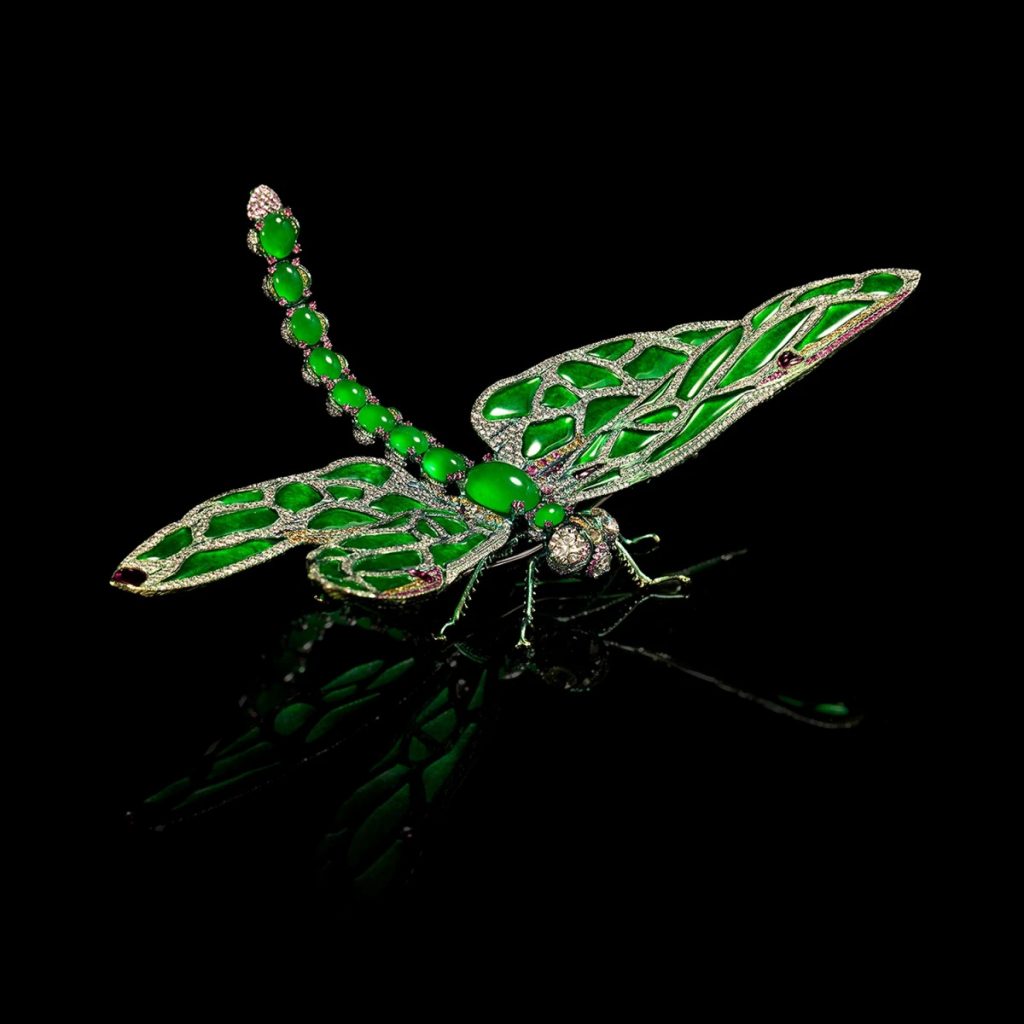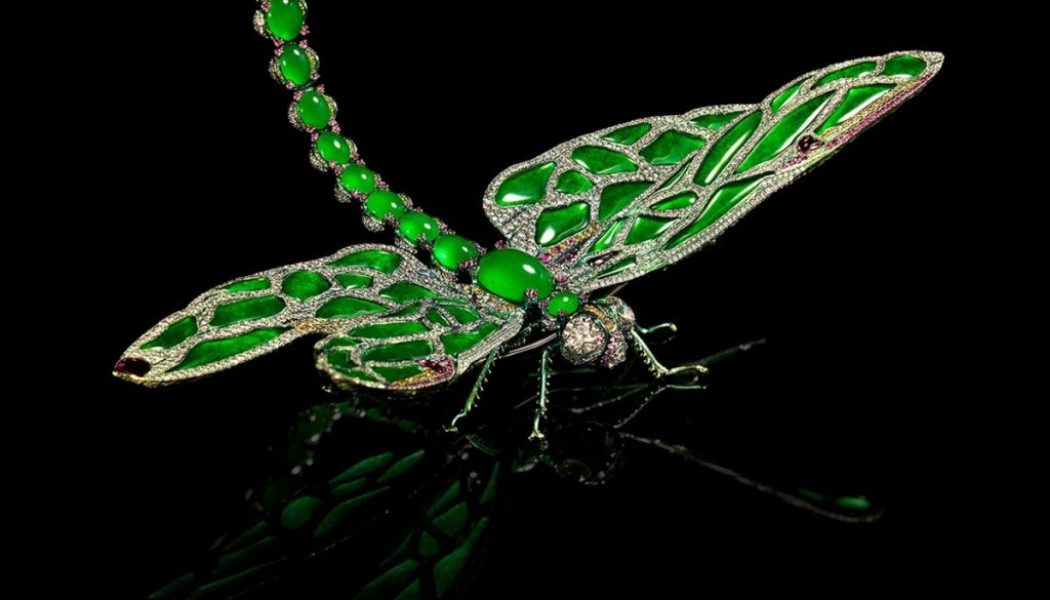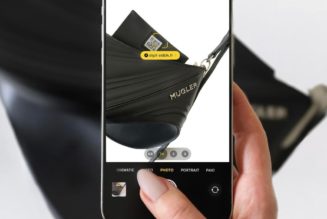China was long known as the “factory of the world,” but homegrown brands have in recent years started to redefine what luxury looks like, spurred on by a younger generation eager to rediscover its history amid growing confidence in the Chinese identity.
From furniture to fashion to jewelry, nascent domestic luxury brands are helping to revive ancient Chinese craftsmanship by investing in artisans and long-forgotten techniques, and launching products aimed at contemporary audiences. In the process, they are elbowing their way onto the global luxury space with their markedly Chinese aesthetic.
Three years of COVID-19-induced travel restrictions have also seen Chinese would-be tourists confined at home — leading to a greater emphasis on domestic consumption and supporting local businesses.
“Young, independent Chinese designers are challenging the Made in China stereotype and want to eliminate the patina of Western Orientalism, which has for long filtered through into the way Chinese style has been projected,” says Antonello Germano, marketing manager at China-focused research firm Daxue Consulting.
Riding on the guochao wave, modern Chinese luxury generally eschews the flashiness and “look-at-me!” paradigm of Western brands, preferring a more discreet approach focused on craftsmanship, tradition and culture — a trend that is set to accelerate as luxury consumers reel from the emotional toll of the pandemic and opt for “silent luxury,” according to a McKinsey report.
Now, foreign luxury brands are contending with a new crop of homegrown luxury brands, ones that can leverage artisanal expertise and an inbuilt emotional connection with their customers.
The new Silk Road
One craft experiencing a revival is traditional textiles from the southwestern province of Guizhou. These textiles, made from locally-sourced materials such as bamboo and hemp, were highly prized in the past and played a significant role in the region’s economy. Today, designers like Wang Xiaolin and Grace Chen are partnering with local artisans to produce these traditional textiles, incorporating them into their collections in the form of clothing, jewelry and home decor.
Chinese woodworking knowhow is also being resuscitated by independent, luxury artisans like Wu Wei, who creates playful renditions of ancient Ming furniture through his Suyuan brand. “We only have a clear concept, that is to explore the spiritual essence of Chinese traditional culture through creating furniture, and everything we do is centered around this direction,” the master told the China Design Centre in an interview.
But this new wave of artisanal guochao doesn’t stop here. Chinese luxury brands are also reviving the art of lacquerware, a technique that involves coating wood or other materials with layers of lacquer to create a hard, glossy finish. One brand in this space, Duanmu, creates intricately built handbags featuring lacquered wood motifs that regularly retail for thousands of dollars.
It’s not all about preserving tradition, though — sometimes, breaking the rules of the past produces innovations that exalt a disrupted craft. Famed master jeweler Wallace Chan, for example, takes inspiration from Chinese materials like jade and porcelain to reinvent the rules of jewelry. He’s patented a jade-refining technique that sharpens the stone’s green hue and creates a kind of porcelain that the jeweler says is five times stronger than steel.

Wallace Chan’s jade refining and brightening technique received a patent of invention in 2002. Photo: Wallace Chan’s website
What’s behind this resurgence?
A report by Bain & Company predicts that China will make up 40 percent of all luxury consumers by 2030. This growth is being fueled, in part, by a younger generation of consumers who are increasingly looking to culturally authentic products imbued with craftsmanship as a way of self-expression.
“Growing cultural confidence, the shift in what Made-in-China means today, and the government’s promotion of the Chinese craftsmanship spirit are the main drivers behind the revival of local artisanry,” says Daxue’s Germano.
This revival could also provide welcome employment opportunities for smaller communities and less economically developed regions, in addition to ensuring that these ancient crafts endure. However, in the process, nascent Chinese luxury brands face an uphill battle.
“Nowadays, China lacks a robust craftsmanship ecosystem,” argues Germano. “Homegrown luxury brands need to be ready to invest time and resources in their own ecosystem, if necessary. Moreover, incorporating Chinese traditional craftsmanship into their products is not enough: They need to build a strong brand identity and values, as well as choose the right brand positioning.”
Caution to international luxury brands
International luxury groups are privy to consumers’ growing desire for made in China luxury brands and have made inroads in recent years, such as Hermès’ Shang Xia and LVMH’s guochao beauty brand Cha Ling. But they are ultimately guests in a foreign country and must be wary of cultural appropriation and over-commercialization, or face the backlash that Dior faced recently with its take on the horse face skirt, or mamianqun in Mandarin.
Dior, on the other hand, was praised for its thoughtful approach to its Fall 2021 Menswear Collection, which integrated the zodiac, jade, traditional seed embroidery, and traditional fan designs. Brands as disparate as Marni, Uniqlo and De Beers have also invested in programs to preserve Miao craft and embroidery.
For now, homegrown luxury brands have a head start tapping increasing demand for products that celebrate and preserve China’s cultural heritage. And recent trends show that finding a way to market millenia-old crafts successfully isn’t just good for conserving ancient traditions for future generations — it’s also good for business.









